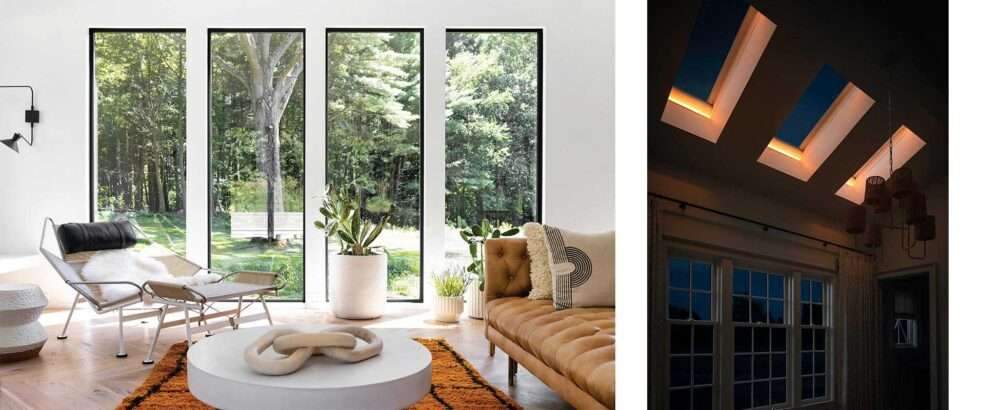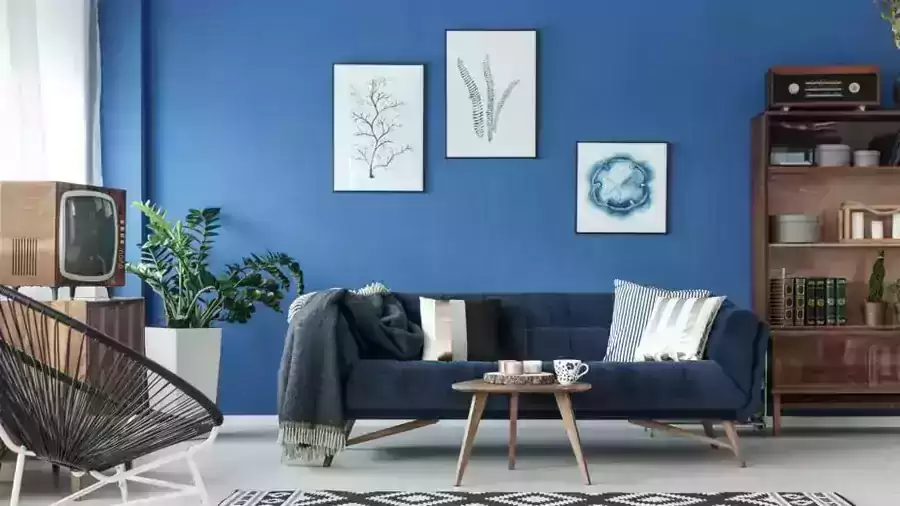Circadian rhythms regulate body processes and contribute to overall health, as they depend in part on signals from the natural environment, particularly the cycles of daylight and darkness.
However, modern lifestyles and the built environment can interrupt these natural cycles by either introducing too much artificial light at the wrong time or depriving people of sunlight.
And designers can help ensure that occupants of residential and commercial buildings have access to natural light throughout the day.
However, sometimes there is not enough natural light available, and in these cases,
research shows that artificial lighting can play a role by mimicking natural sunlight.

Circadian rhythms and natural inner light
Circadian rhythms are physical, mental and behavioral changes that follow a daily cycle.
These cycles are set by a “master clock” in the brain and respond primarily to light and dark in an organism’s environment, regulating many of our daily cycles, including sleep, eating, and hormone fluctuations.
The clock is also generated internally, but it relies on signals from the external environment to synchronize it.
Light is the primary indicator that governs our sleep-wake cycles.
Bright sky at night
With so many street lights, signs, billboards, security, and porch lights, it is often impossible to escape light pollution.
which can disrupt the biological clock.
In fact, more than 80% of the world’s population lives under skies that are about 10% brighter than it would normally be.
But the problem is worse in industrialized countries, where 99% of Europeans and Americans live under lightly polluted skies.
Much of the artificial lighting has been converted to fluorescent or LED lights.
While this is certainly good news for improving energy efficiency, both emit a high percentage of blue light.

Glass, daylight, and natural light interior for luxury
There are several main reasons for promoting daylighting in buildings.
First, daylight reduces the need for artificial lighting and makes buildings more energy efficient.
Second, daylighting is a design strategy that connects the building’s occupants to aspects of the natural
world,
Including fresh air, sunlight and views of the outside.
Daylight can enhance social interactions and help create feelings of well-being in the building’s occupants.
Finally, exposure to daylight supports our circadian rhythms and, in turn,
physiological processes vital to good health.
Numerous studies have identified and documented the positive effects of daylight on the health and well-being of building occupants.
Daylight can boost employee productivity, help reduce absenteeism, and even boost retail sales.
In healthcare settings, daylight and landscapes may aid healing and reduce dependence on certain medications.
The role of daylight and artificial light in supporting circadian rhythms is a new,
but exciting, area of research.
Designers can create spaces that ensure residents are exposed to natural light throughout the day.
Either through the placement of windows or skylights or through the open plans, which ensure all occupants have access to natural light.
Equally important, glazing and shading options can also help balance the need for natural light and control solar gain and glare.
Windows, light shelves and skylights
The primary way to bring light into a space is with illuminated windows, skylights, and shelves.
In general, people gravitate toward spaces that are lit from more than one side, as this scheme tends to feel more “natural” and may also reduce glare.

manipulator
Skylights can help create uplifting and inspiring spaces, and in fact, one study of retail chains in California showed,
49 stores that were retrofitted with ceiling lights saw sales increase by 40%.
Terrapin Bright Green estimates that, overall, skylights statistically increase sales by $1.55 per square foot at grocery stores, clothing outlets, and retail chains nationwide.
Skylights are a particularly effective source of daylight because they bring light from the brightest part of the sky into spaces that surrounding windows can’t reach.
The skylights deflect light directly from the sun, as well as capture light reflected from clouds and other surfaces.
Skylights can significantly reduce the demand for electric lighting energy,
however, solar heat gain must be controlled.
Using internal or external shading devices, which can be controlled manually or automatically.
Skylights can also be equipped with rain sensors, which automatically shut off when moisture,
sound, rain pressure hitting the unit, or both are detected.
While skylights cannot be used in every building, they are a good choice for single-story,
low-rise buildings, and many homes.
In homes, skylights can bring natural light into interior rooms and transitional spaces.
They can also bring in fresh air and, in some cases, views of nature.
The natural cooling provided by skylights can save on energy costs, assuming solar gain is controlled.
Safe design and fire protection materials











